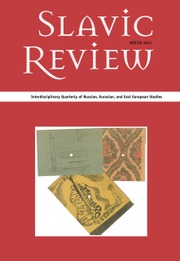Spontaneous Spoken English
A new, thought-provoking book on the theory of grammar and language processing, based on the analysis of authentic speech produced in real time. Drawing on insights from cognitive psychology, neurology and conversation analysis, the author offers a fascinating, easy-to-follow account of why spoken English is structured the way it is. The traditional product-based approach to grammar is given up in favour of a speaker-based, dynamic perspective that integrates language-structural, neurocognitive and dialogic aspects of speech production. Based on fresh empirical research Haselow argues that grammatical knowledge rests upon two cognitive principles of linearization called 'microgrammar' and 'macrogrammar', which are shown to interact in various ways. The book discusses a broad range of speech phenomena under an integrated framework, such as the omnipresence of 'unintegrated' constituents (e.g. discourse markers), ellipses, or the allegedly 'fragmented' character of syntax, and explains the mechanisms of processing efficiency that guide syntactic planning.
- An innovative and challenging new look on grammar and language processing, providing an alternative description to the mainstream formalist and functionalist approaches.
- Easily accessible, it analyses familiar structures from everyday speech using natural data from authentic conversations.
- Carefully introduces the neural and cognitive basis of speech production and comprehension without the need to wade through complex theories.
- Links linguistic research to cognitive psychology, neurolinguistics and conversation analysis
Reviews & endorsements
'… this book represents an illuminating interdisciplinary study that broadens the perspective of linguistic analysis by considering not only the context of an individual interaction, but also the cognitive mechanisms that give rise to the emergent grammar of spontaneous speech. Without doubt, this book can be used as a good reference book for students and researchers who are interested in interactional linguistics and cognitive linguistics.' Haiping Wu, Journal of Pragmatics
'This monograph evidently carries massive implications for research into grammar and linguistic structure since it broadens the notion of grammar and provides an alternative approach to it, enabling researchers to investigate the emergent grammar of speech from an integrated perspective, differing from the monolithic, 'fixed-code' and sentence based approach to language and grammar through which grammar has been described and analysed. The book is also of immense significance to academics in discourse studies, a field where spontaneous spoken language data have become the mainstream research objects.' Baicheng Zhang, Discourse Studies
Product details
January 2018Hardback
9781108417211
342 pages
235 × 157 × 22 mm
0.61kg
7 b/w illus.
Available
Table of Contents
- 1. Introduction
- 2. Toward an interfield approach to the study of spontaneous speech
- 3. A dualistic approach to grammar: Microgrammar and macrogrammar
- 4. Linearization and macrogrammatical fields
- 5. Macrogrammar and the linearization of structural segments
- 6. Neurolinguistic evidence for the Grammatical Dualism Assumption
- 7. Conclusions.




